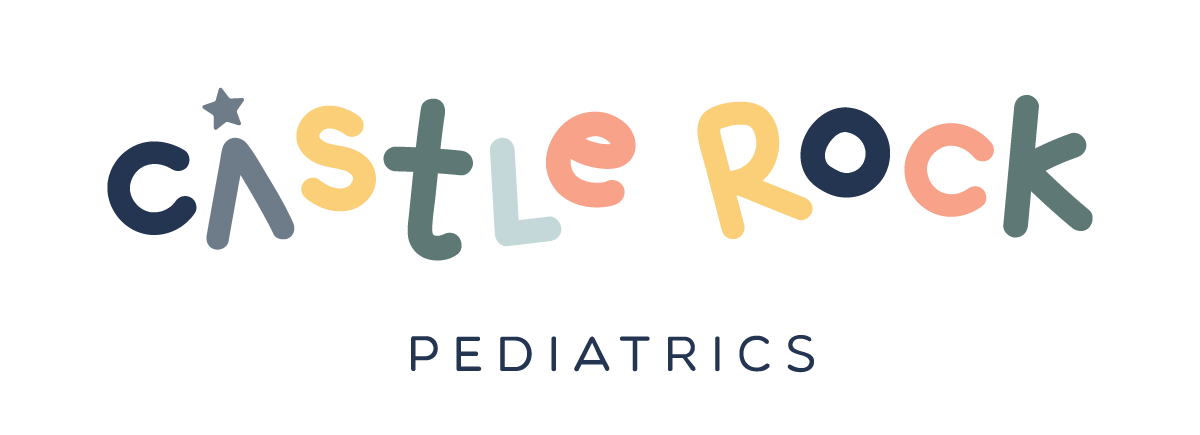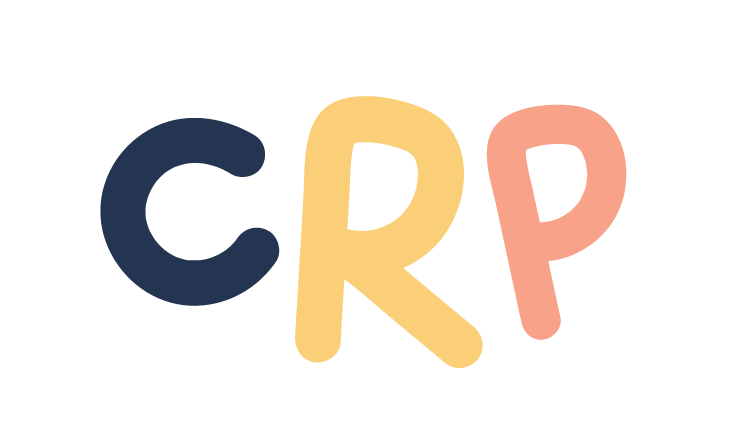Understanding and Managing Your Child’s Allergies: A Parent’s Guide
As parents, watching our children struggle with allergies can be both worrying and frustrating. With spring just around the corner, it's an ideal time to discuss allergies, how to identify them, and effective ways to manage them. At Castle Rock Pediatrics, we're committed to providing you with the best information and care for your little ones.
The Challenge of Diagnosing Allergies in Children
Firstly, it's important to understand that allergy testing in children isn't always straightforward. While blood tests for allergies are available, they can often yield variable results and are not typically recommended as the first line of testing. These tests measure the presence of antibodies to specific allergens, but they can sometimes indicate an allergy when there isn't one (false positive), or miss an allergy altogether (false negative).
That's why at Castle Rock Pediatrics, we align with the expert opinion from sources like HealthyChildren.org, emphasizing that the gold standard for allergy testing in children is skin prick testing, conducted by a pediatric allergist. This method is more reliable for identifying specific allergens your child may be reacting to.
Over-the-Counter (OTC) Options for Allergy Relief
Managing your child's allergy symptoms can be a balancing act between effectiveness and safety. Thankfully, there are several OTC options that are both safe for children and effective in easing allergy symptoms. Let's explore them:
Antihistamines
Antihistamines are a go-to for many parents dealing with children's allergies. These medications work by blocking histamine, a substance your body makes during an allergic reaction.
Zyrtec (Cetirizine): Effective for indoor and outdoor allergies, Zyrtec is known for its fast-acting relief, typically within an hour. It's suitable for children 2 years and older. However, some children may experience drowsiness.
Claritin (Loratadine): Ideal for day-long relief, Claritin is another popular choice. It's non-sedating, making it a good option for school days. Suitable for children aged 2 and up.
Allegra (Fexofenadine): Known for not causing drowsiness, Allegra is effective for both seasonal allergies and hives. It's recommended for children 6 years and older.
When using these antihistamines, it's important to follow the dosage instructions carefully and consult your pediatrician, especially for children under 2 or for prolonged use.
Nasal Steroid Sprays
Nasal steroid sprays are effective in treating nasal allergy symptoms and are safe for long-term use in children.
Flonase (Fluticasone): Flonase is a nasal spray that reduces inflammation and treats symptoms like nasal congestion, sneezing, and an itchy or runny nose. It's suitable for children 4 years and older. It may take a few days to a week to notice the full effect.
Nasacort (Triamcinolone): Another option for nasal allergy relief, Nasacort is suitable for children 2 years and older. It helps with symptoms such as congestion, sneezing, and itchy noses. Like Flonase, it may take some time to see the full benefits.
When using nasal steroids, it's important to use them as directed and not exceed the recommended dose. Initial use might cause slight nosebleeds or irritation, which usually resolves.
Eye Drops
For children experiencing itchy, watery eyes, OTC eye drops can provide relief.
Ketotifen Fumarate (Various Brands): This antihistamine eye drop is great for itchy eyes caused by allergies. It's safe for kids 3 years and older and can be used twice a day. Check out our tips for administering eye drops here!
General Tips for OTC Medication Use
Always check the age recommendations and dosage instructions.
Be cautious of multi-symptom medications, as they might contain ingredients your child doesn't need.
Consult your pediatrician before starting any new medication, especially if your child has other health conditions or is taking other medications.
Remember, while these OTC options can provide relief, they are not a substitute for professional medical advice. If your child's symptoms persist or worsen, it may be time to visit us at Castle Rock Pediatrics for a more tailored approach to allergy management.
Natural and Lifestyle Remedies for Allergy Relief
While over-the-counter medications are effective for managing allergy symptoms, incorporating natural remedies and lifestyle changes can also play a significant role in reducing your child's allergy symptoms. Here are some tips that can help:
Environmental Control
Reducing exposure to allergens is key in managing allergy symptoms.
Keep the Home Allergen-Free: Regularly clean and vacuum your home, use HEPA filters in your HVAC system, and consider using dehumidifiers to reduce mold growth. Dust mite covers for mattresses and pillows can also be beneficial.
Limit Outdoor Activities When Pollen Counts Are High: On days when the pollen count is high, try to keep your child indoors, especially in the morning when pollen levels are at their peak.
Dietary Adjustments
Some dietary changes might help in reducing allergy symptoms.
Incorporate Anti-Inflammatory Foods: Foods rich in omega-3 fatty acids like flaxseeds, walnuts, and fish, as well as fruits and vegetables rich in antioxidants, can have anti-inflammatory effects that may help reduce allergy symptoms.
Stay Hydrated: Keeping your child well-hydrated can thin mucus, making it easier to expel.
Saline Nasal Rinses
For older children, saline nasal rinses can be a safe and effective way to relieve nasal congestion, as they help to clear out pollen and other irritants from the nasal passages.
Humidifiers
Using a humidifier in your child’s room can add moisture to the dry Colorado air, helping relieve sinus congestion and other allergy symptoms. Be sure to regularly clean the humidifier to prevent mold growth.
Clothing and Bathing
After outdoor activities, changing clothes and bathing can help remove pollen from the body and hair, reducing prolonged exposure.
Regular Exercise
Regular physical activity can strengthen the immune system and potentially reduce the severity of allergy symptoms. Just be mindful of outdoor exercise when pollen counts are high.
Identifying Allergens in Your Home
Sometimes, persistent allergy symptoms can be a sign that there are allergens in your home environment. Common indoor allergens include dust mites, pet dander, and even cockroaches. Reducing exposure to these allergens can significantly improve your child's symptoms. Here are some tips to minimize allergens in your home:
Regularly wash bedding in hot water to kill dust mites.
Use an allergen-proof mattress and pillow covers.
Keep pets out of your child's bedroom and bathe them regularly to reduce dander.
Use a high-efficiency particulate air (HEPA) filter in your child’s bedroom.
Reduce indoor humidity to below 50% to control dust mites and mold.
When to See a Specialist
If your child's symptoms are severe, persistent, or if they're experiencing allergy symptoms for the first time, it's important to consult with a pediatrician. We may recommend a referral to a pediatric allergist for further evaluation and skin prick testing. An allergist can provide a more comprehensive allergy management plan, which might include allergen avoidance strategies, medications, and in some cases, immunotherapy.
Final Thoughts
Remember, allergies can impact not just the physical health but also the quality of life for your child. Getting a proper diagnosis and effective management plan is key. At Castle Rock Pediatrics, we understand the challenges of navigating your child's allergies and are here to support you every step of the way. Together, we can help your child lead a happier, healthier life free from the burdens of unmanaged allergies.

